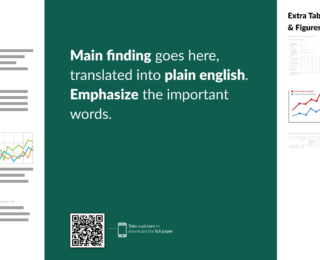
Fixing academic posters: the #BetterPoster approach
How can we make academic posters clear, concise, and quick without sacrificing information?

How can we make academic posters clear, concise, and quick without sacrificing information?
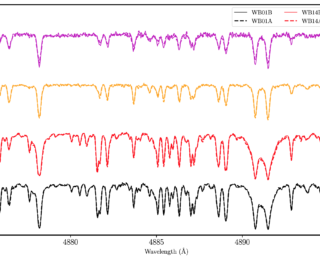
Today’s authors check whether twin stars in binaries are identical or fraternal, chemically.
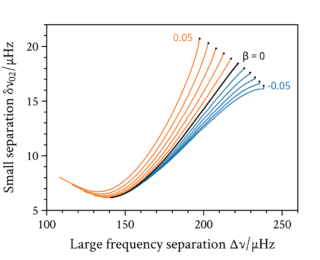
Is the gravitational constant really constant? Today’s authors investigate using an 11 billion year old star.
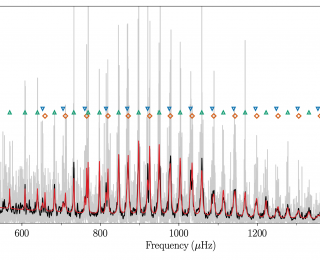
Today’s authors take a multi-faceted approach to characterising a benchmark subgiant star using asteroseismology, interferometry, and spectroscopy.
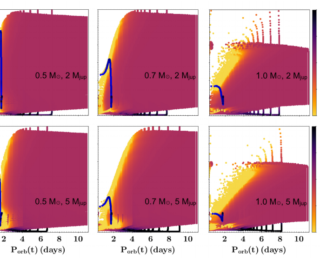
If you know a star’s rotation, you can find its age. Today’s authors look at stars for which this isn’t the case.